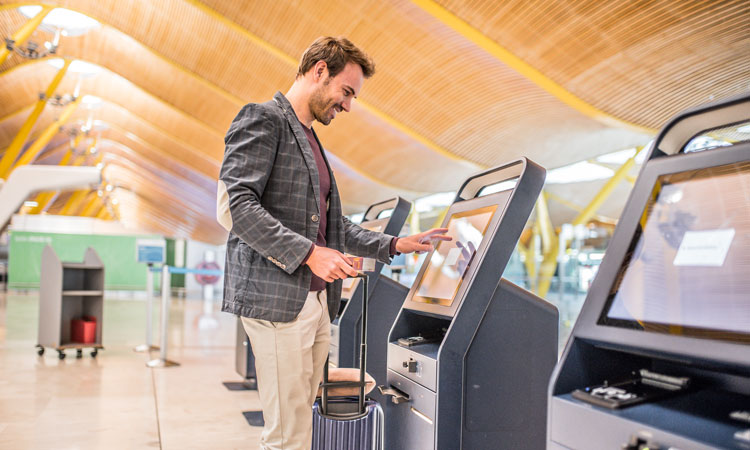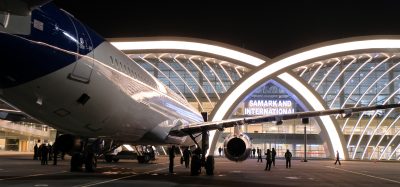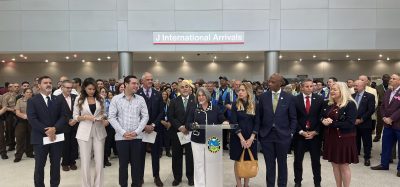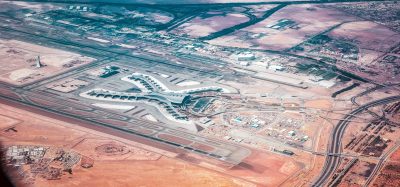Is it time for airports to embrace a fully self-serviced environment?
- Like
- Digg
- Del
- Tumblr
- VKontakte
- Buffer
- Love This
- Odnoklassniki
- Meneame
- Blogger
- Amazon
- Yahoo Mail
- Gmail
- AOL
- Newsvine
- HackerNews
- Evernote
- MySpace
- Mail.ru
- Viadeo
- Line
- Comments
- Yummly
- SMS
- Viber
- Telegram
- Subscribe
- Skype
- Facebook Messenger
- Kakao
- LiveJournal
- Yammer
- Edgar
- Fintel
- Mix
- Instapaper
- Copy Link
Posted: 24 January 2020 | Borry Vrieling | CEO | Eezeetags | No comments yet
Self-service technology is imperative if airports aspire to meet the demands of tomorrow, emphasises Borry Vrieling from eezeetags.


At the end of 2019, various reports detailed how the aviation industry can expect the global market for self-service technologies to grow, in both value and volume, exponentially over the coming years.
Investments into these technologies are expected to surpass doubling; both demonstrating and driving the adoption of self-service processes.
This more or less predicts where the industry is heading: Towards a 100 per cent, at least as much as possible, self-service environment. This not only references when a passenger enters the airport terminal – the checking-in process and the bag-drop area – but the use of biometrics when a traveller enters the airside aspect of an airport, and when boards an aircraft. All of these steps will gradually include less human interference, and more self-service opportunities.
This is not to reduce the number of jobs available in an airport – the ever-growing number of passengers predicted by IATA (doubling from the current four billion we witness to eight billion in 2035) will mean there will still be plenty of occupations available across an airport.
Instead, the aim of the airport and the airline is to speed up the process – speed up the processing of passengers – within the existing buildings, within the existing infrastructure. Self-service technology will be the predominant strategy used to help secure this goal; to help passengers through their journey from kerb to gate.
In regard to embracing self-service technology, the biggest challenge for the industry is to be able to invest, implement and integrate a new solution whilst still processing current passengers smoothly. Airport infrastructure is not agile: You cannot switch to a new system tomorrow. With long-lasting contracts with whole supply chains attached, some airports may be reluctant to investigate new solutions and new suppliers.
However, to remain successful, airports must adapt their processes to be able to cater to tomorrow’s demands. The modern-day passenger expects connectivity, sophistication and speedy processes. It can be argued that this is not attainable without self-service technologies.
It is an exciting time for the sector – and for the passenger. But if an airport falls behind and is no longer up to speed with industry innovations, it can be frightening. Now is the time to embrace self service and secure a successful future.
Related topics
Passenger experience and seamless travel, Self-service, Terminal operations


















